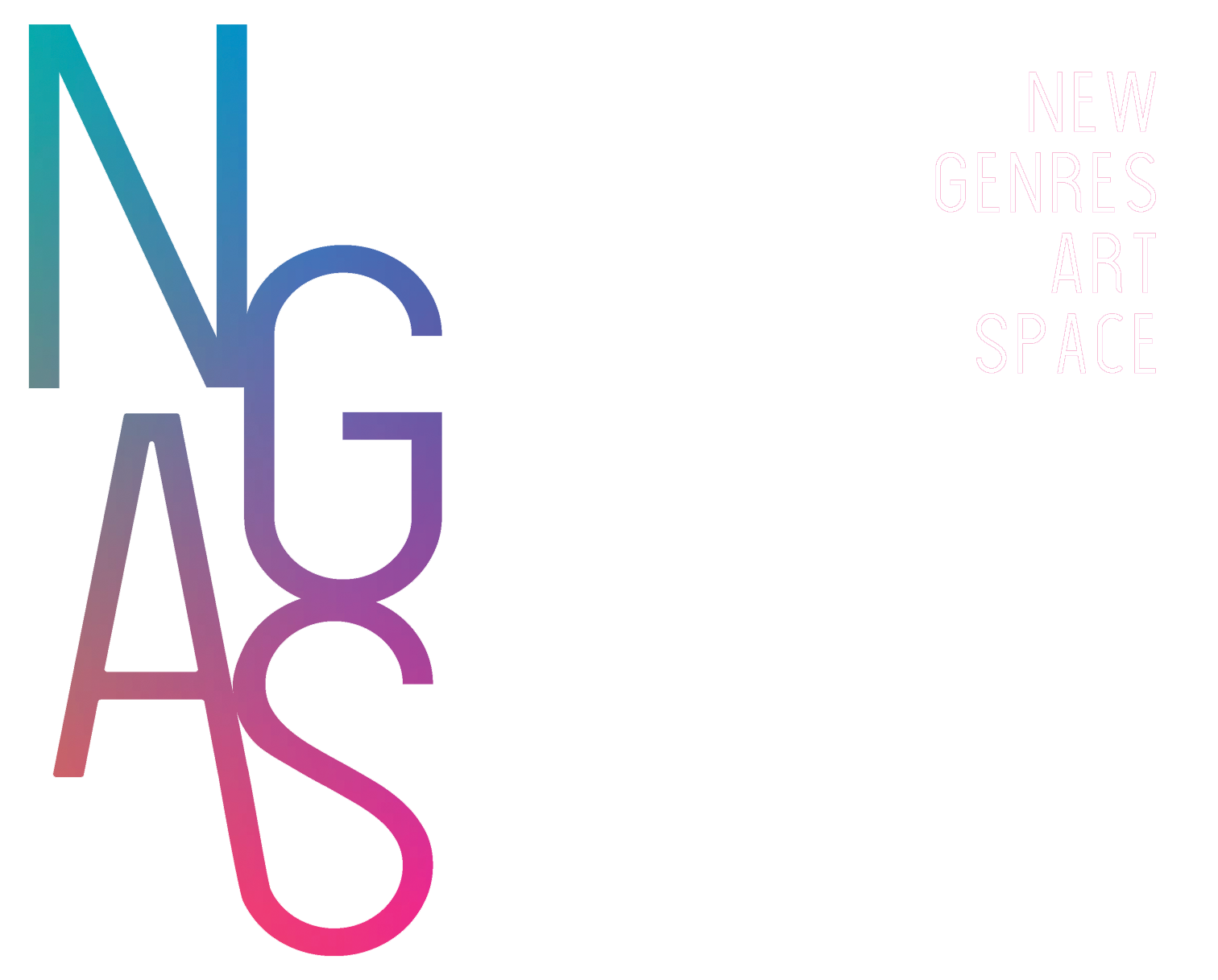Digital and experimental art as a form of expression, education, and social change.
ABOUT
New Genres Art Space is a 501(c)(3) incorporated non-profit art education organization located in Rockford, Illinois.
NGAS provides digital and time-based art education that considers the fluctuating ideas of multiculturalism and diversity. We believe that new and digital art forms can easily translate their value to therapeutic, educational, and community settings.
OUR MISSION
OUR MISSION
New Genres Art Space’s mission is to be a diverse and inclusive contemporary art organization that considers digital and emerging art as a form of expression, education, and social change. We fulfill our mission through a variety of programs: exhibitions, a student artist residency, a variety of classes and workshops, and a Digital Media Art Collection. Through these programs, New Genres Art Space offers community members the opportunity to understand how emerging art forms directly relate to their daily lives.
OUR VISION
Emerging artforms and digital media are ever-present in our daily lives and can easily translate their value to therapeutic, educational, and community settings. New Genres Art Space constantly navigates an uncharted role within emerging art practices and education in order to further new collaborative relationships between artists, educators, students, and community members.
WHAT IS NEW GENRES?
According to UCLA, “New Genres is a practice which begins with ideas and then moves to the appropriate form or media for that particular idea, sometimes inventing entirely new sites of cultural production, new methodologies, technologies, or genres in the process. The area gives emphasis to questioning preconceived notions of the role of art in culture and its relationship to a specific form or medium.”
WHAT IS DIGITAL MEDIA?
Digital media generally plays an important role in both, art education and art therapy. Natalie Carlton defines digital media as “any type of storage, transmission, or product in digital format including hard drives, networking or communication modes, and computer-generated text, graphics, animations, photographs, sound files, and video used in many types of art forms such as theatre, music, graphic design and writing, visual arts, and dance.” (1)
Digital media has inherent documented qualities not found in traditional materials. Carlton points to playback and immediacy, emotional distancing, and elements of pause, movability, mobility, and re-presentation being the main aspects of new technologies that she recognizes in her research on digital media in art therapy.
“Immediacy of playback and pause, gives participants an instant sense of satisfaction, allowing them time for self-reflection and exploration.”
Immediacy of playback and pause, gives participants an instant sense of satisfaction, allowing them time for self-reflection and exploration. It heightens the sense of control over the created imagery as well as one’s emotional state. Emotional distancing of digital media “supports the containment of affect and impulse control for clients”. Through reviewing the material, making instant changes and corrections, participants have an ability “to change their stories for empowerment and trauma resolution goals”.
Movability is a quality of digital media that refers to one’s ability to watch his or her recorded physical movement and experience the sensations of those movements, sounds and interactions” from an objective perspective of a viewer. It allows for self-reflection and detailed analysis of all layered multi-sensory components of the recording. Mobility of the digital media refers both, to tools and equipment being easily transportable and to accessibility to sharing of the creative products, which in turn, can give certain participants a sense of inclusivity (especially individuals, who might not otherwise benefit from the traditional forms of art therapy because of disabilities, illness, or physical limitations (2)). Carlton defines re-presentation as a “media quality where digital media has become a vital part of documentation and saving of artworks from analogue to digital formats to save, submit, or show later”. It is a digital diary—a timeline representation of visual content. It is also a quality of expressing one’s interpretation of both outer world and internal thoughts and feelings.
Carlton, N. R. (2014). Digital media use in art therapy (Order No. 3682148). Available from ProQuest Dissertations & Theses A&I. Retrieved from ProQuest Digital Dissertations. (1657428250).
Malchiodi, C. (2000). Art Therapy & Computer Technology: A Virtual Studio of Possibilities. London: Jessica Kingsley.
